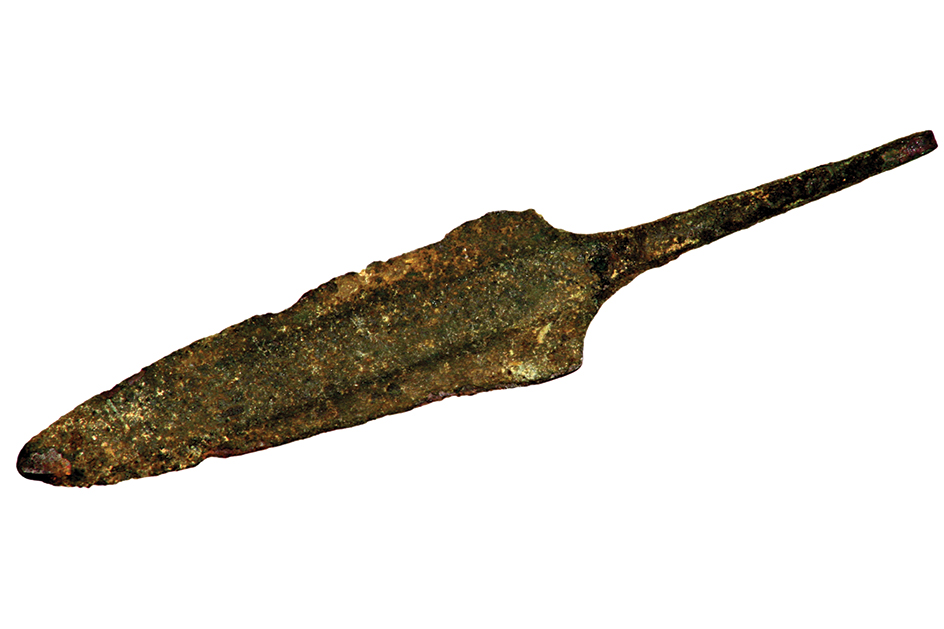Bronze is an alloy made primarily of copper and tin. Bronze may contain as much as 25 percent tin. Phosphorus, lead, zinc, and other metals may be added for special purposes. For example, phosphorus hardens and strengthens bronze. 
Because of the reputation of bronze for corrosion resistance, hardness, and durability, the name has been adopted commercially for many copper alloys that contain little or no tin but are similar in color to bronze. Some excellent brass alloys containing copper and zinc have been incorrectly called bronze. However, it is usually understood that when the word bronze is used by itself, the alloy will contain considerable tin.
Properties and uses.
The hardest and strongest bronze contains much tin and little lead. Alloys with a high tin content also have a low melting point. They are preferred for intricate ornamental castings such as statues. When bronze is to be used for this purpose, lead is often added to the alloy. The result is a cheaper alloy that is easier to cut.
Lead is also added to bronze when the manufactured article will need to be lubricated. For example, bearings are made from leaded bronze. Bronze that contains only phosphorus and tin wears best against steel when no lubricating agent is used. Because it is easily cast in large shapes, bronze is often used in making bells. It also has special sound-damping characteristics that give these bells a rich tone.
Most bronze alloys resist corrosion. Statues and bells made of bronze will weather to a beautiful brown color or develop a green patina (film) characteristic of copper. After such films form, bronze corrodes very slowly. Because of this, bronze articles frequently last hundreds of years.
Bronze alloys that contain as much as 10 percent tin are widely used in wrought form, in which the metals are hammered or beaten into shape. Or, they are first cast and afterward shaped by rolling or drawing to produce rods, wires, sheets, or tubing. When they are hardened by cold working, these alloys make excellent springs. They are commonly used where corrosion or electrical resistance make the use of steel undesirable. The electrical industry makes wide use of such bronze. Sometimes the red brasses are substituted, but they are not as satisfactory.
Silicon and aluminum bronze
are more difficult to cast and fabricate than are the tin bronzes. But they are excellent copper-base alloys with special properties that make them useful. Silicon bronze is copper alloyed with 1 percent to 3 percent silicon. Then about 1 percent iron, nickel, or manganese is added. Silicon bronze has great resistance to corrosion from strong chemicals and is used for chemical containers. Aluminum bronze may contain 5 percent to 10 percent aluminum and as much as 5 percent of iron, nickel, or manganese. Some aluminum bronzes can be heat-treated and hardened until they are as strong as steel.
History.
The oldest alloy known to human beings was a bronze made of copper and arsenic. People learned to make it about 3500 B.C. Gradually, people replaced the arsenic with tin. The period in history between the Stone Age and the Iron Age became known as the Bronze Age because bronze was commonly used to cast containers such as cups, urns, and vases. People also shaped bronze into battle-axes, helmets, knives, shields, and swords. They also made it into ornaments, and sometimes even into primitive stoves. 
